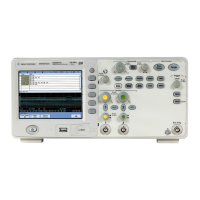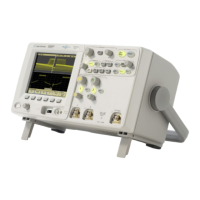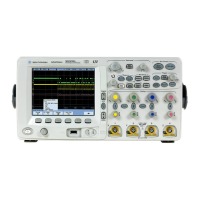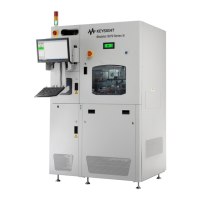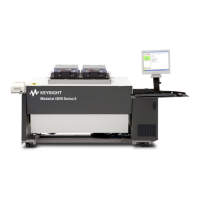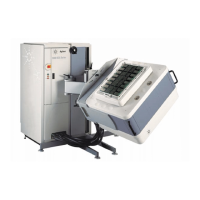Chapter 3 Timebase Measurements
Introduction
3-2 Measurements Reference Guide
Introduction
This chapter explains how to make timebase-triggered linear, angular,
and straightness measurements. With timebase measurements you can
determine the position, velocity, and acceleration of these variables as a
function of time.
Timebase measurement data can assist you in deciding if your machine
tools perform accurately. For example, you can determine how to properly
tune servo drives and make necessary mechanical adjustments by
analyzing the following elements:
• linear velocity profile and constant-velocity measurements
• feed rate adjustment
• relative vibrations (linear, angular, and straightness)
• “torque profile” (angle of rotation as a stage or gantry starts or stops
rapidly)
Timebase measurement data is also helpful in machine drift testing. As
you make measurements, you can create your own uses and applications
for timebase measurements.
Because setup, optics mounting, and alignment procedures for timebase
measurements are the same as those for other linear, angular, and
straightness measurements, you are referred to the following chapters for
most instructions: Chapter 2, “Linear Measurements,” Chapter 4,
“Angular Measurements,” and Chapter 5, “Straightness Measurements.”
Before performing the procedures described in this chapter, you must fully
understand and know how to perform the procedures presented in the
Agilent 5530 Getting Started Guide.
